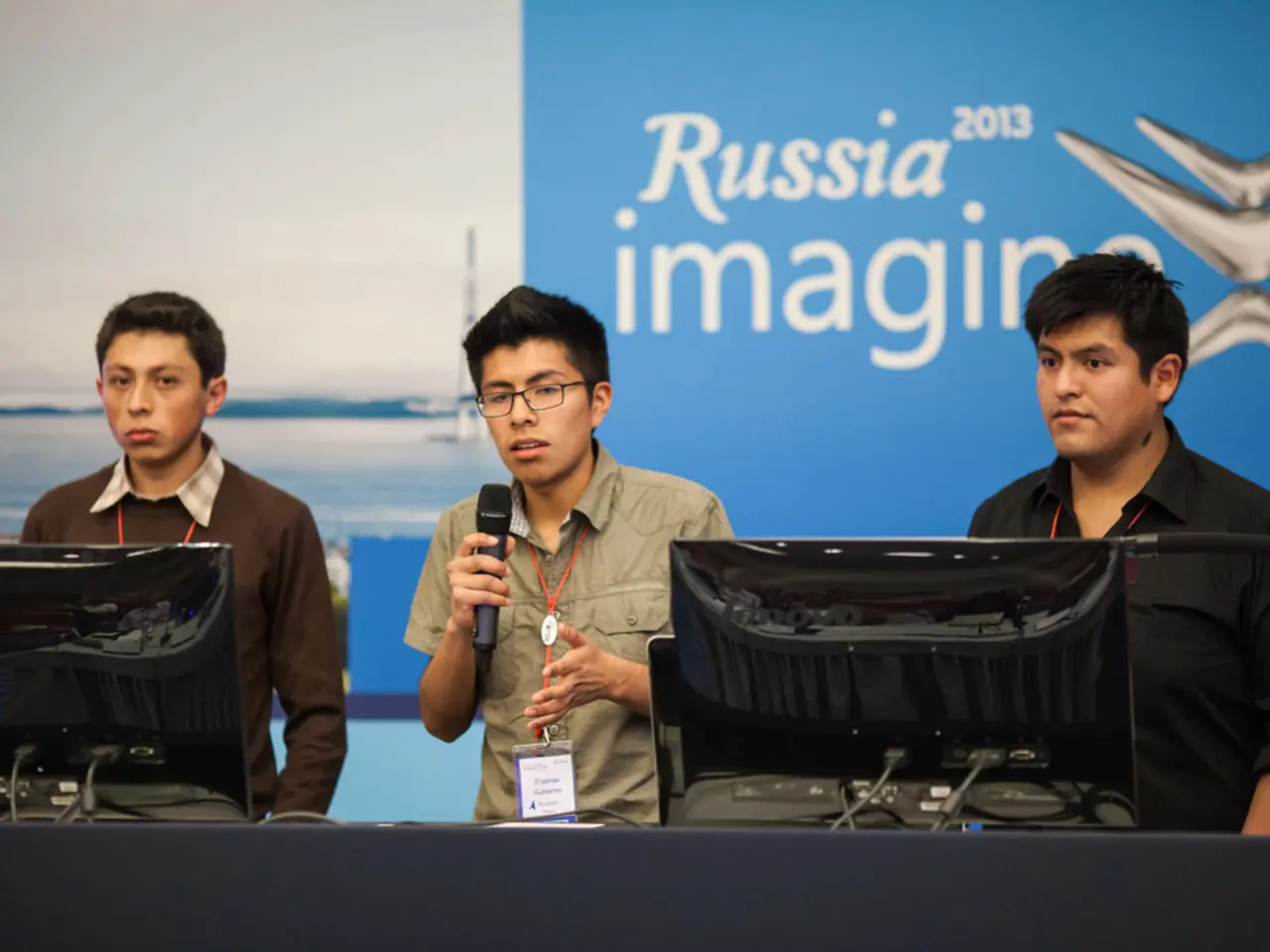Scientist Profile: Daniel Wangpraseurt's Journey
In the heart of California, at the University of California San Diego (UCSD), one of the world's top 15 research universities, Daniel Wangpraseurt, a marine biologist, leads an interdisciplinary team at the Coral Reef Ecophysiology and Engineering Lab at Scripps Oceanography. This innovative lab is making waves in the world of marine biology, using cutting-edge technologies to study and protect coral reefs.
Wangpraseurt's lab employs a unique blend of technologies, merging marine biology, optical engineering, underwater imaging, and mobile digital tools. One of the key technologies is the Benthic Underwater Microscope imaging PAM (BUMP) system, a compact, diver-operated microscope that offers high-magnification lenses, focused LED lights, and pulse-amplitude-modulated (PAM) light measurement techniques. This advanced equipment allows scientists to capture vivid colour and fluorescence images and videos of corals, measure photosynthesis, and create high-resolution 3D scans.
Another innovative approach is the integration of mobile technology and smartphone imaging. High-resolution cameras on devices like Samsung Galaxy phones, equipped with "Ocean Mode," are used to capture high-quality images and photogrammetry data of coral reefs. These images are then used to generate precise 3D models of coral reef structures, promoting faster data sharing and engaging broader communities in coral reef conservation.
These interdisciplinary technologies provide detailed insights into coral physiology and ecosystem health, enabling both fundamental research and practical reef restoration efforts. Wangpraseurt's research focuses on understanding how corals respond to stressors, such as climate change, pollution, and overfishing, by studying their physiology, including oxygen production, photosynthesis, metabolism, growth, reproduction, and microarchitecture.
One technique used in the research is optical coherence tomography (OCT) to study the microarchitecture of corals. This technique offers a non-invasive, high-resolution imaging method that provides detailed information about the coral's structure. Another innovative approach is 3-D bioprinting to create hybrid, coral-like systems.
The goal of Wangpraseurt's research is to develop new tools that help corals cope with stressors, reduce competition, help corals through coral bleaching events, and enhance coral recruitment. The lab's current projects include building an artificial reef in Hawai'i that is 50 meters (164 feet) wide and 100 meters (328 feet) long.
The lab's unique approach to coral reef research includes creating artificial reefs that enhance baby coral recruitment, developing nanoparticles that capture the smell of healthy coral reefs, and releasing that scent back into the environment to attract baby corals.
Scripps Oceanography, with its collaborative environment, high-end facilities, and the combination of tools and resources available for research that fuses aspects of biotechnology and marine biology, was the perfect choice for Wangpraseurt. He finds San Diego to be one of the best places to live, with an office by the ocean and the opportunity to surf or swim during lunch breaks.
Scripps Oceanography operates a fleet of four oceanographic research vessels and is home to Birch Aquarium at Scripps, a public exploration center that welcomes 500,000 visitors each year. The lab's workflow involves applying engineering principles to develop new tools based on their research findings.
Scripps Oceanography is one of the world's most important centers for global earth science research and education, offering unparalleled education and training for the next generation of scientific and environmental leaders. With Wangpraseurt at the helm, the Coral Reef Ecophysiology and Engineering Lab is making significant strides in the fight to protect and preserve coral reefs, hotspots of ocean biodiversity with an economic value of over $3 billion annually in the U.S. alone.
- Daniel Wangpraseurt's Coral Reef Ecophysiology and Engineering Lab at Scripps Oceanography, based at the University of California San Diego (UCSD), combines aspects of marine biology, environmental science, technology, and oceanographic research to study and protect coral reefs.
- The lab employs innovative technologies like the Benthic Underwater Microscope imaging PAM (BUMP) system and mobile phone imaging with "Ocean Mode" to capture high-quality images and generate precise 3D models of coral reef structures, which aids in coral reef conservation and data sharing.
- Wangpraseurt's research focuses on understanding coral responses to stressors such as climate change, pollution, and overfishing. Through the development of artificial reefs, nanoparticles that mimic healthy coral reef scents, and engineering nanotechnology, the lab aims to help corals cope with stressors, reduce competition, and enhance new coral growth.




